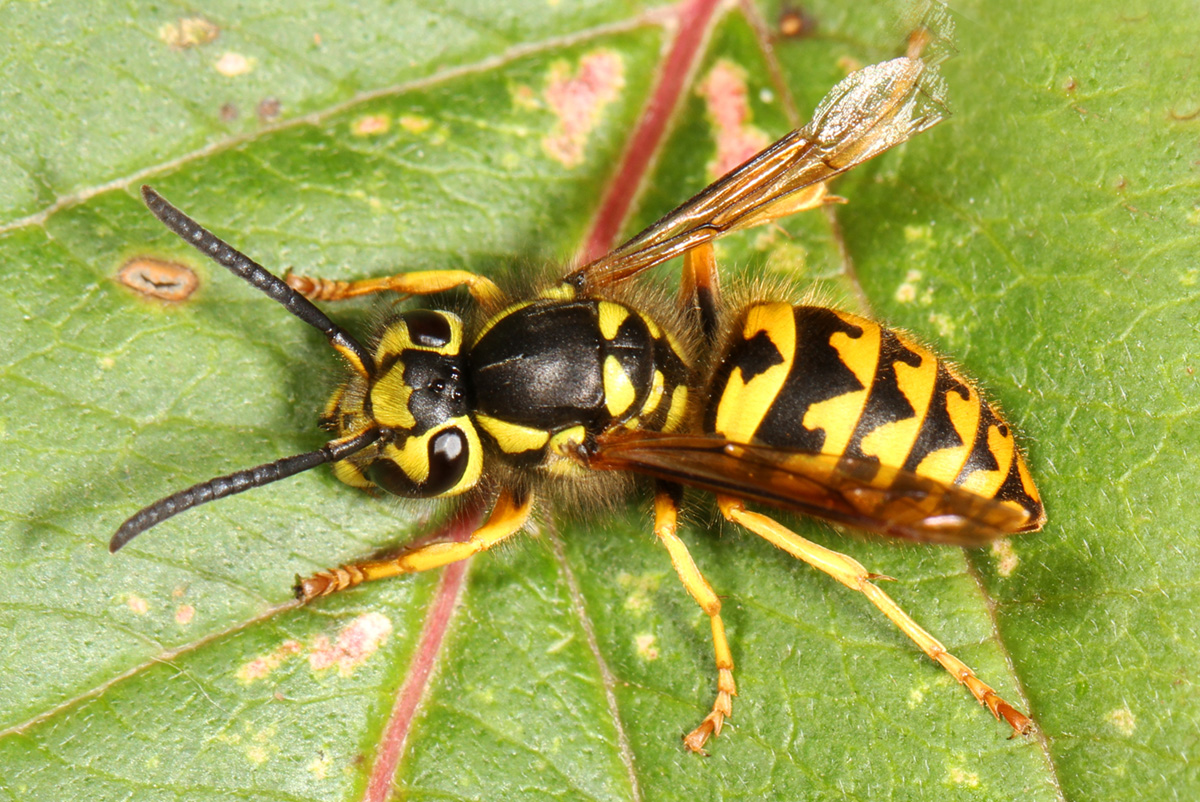
Yellow Jackets and Their Stings
Yellow jackets are insects originating in North America. They are physically similar to honeybees and wasps, however, yellow jackets do not have bodily hair, are capable of stinging you multiple times at once and will sting you without being provoked beforehand. These insects are yellow and black colored, even though there are variations where they are black and white or red and white. Physically, they mostly resemble wasps since they belong to the same family. Once a yellow jacket stings you, it will not die like most bees do. This is due to a different stinger structure. Namely, bees, once they sting, their intestines are ejected along with the stinger, dying afterwards. Yellow jackets, on the other hand do not have barbed stingers and may sting more than once. Once stung, you are bound to experience the real effects only later. However, these are quite severe and many people are allergic to the yellow jacket's poison, needing medical assistance immediately.
What to Do Once Stung?
As soon as you realize you have been stung by a yellow jacket, check for any remains of its stinger. Usually, they do not leave it. Still, sometimes it gets left under your skin and spreads more venom, causing more severe symptoms.
Next, you are to clean the area with alcohol or soap and apply cold compress through ice wrapped in a piece of cloth. Alternatively, you might make a paste by mixing baking soda with water and apply it onto the troublesome spot in order to reduce pain and irritation.
Additionally, ammonia, applied with a cotton ball, can relieve one of any itchiness he/she might experience after being stung by a yellow jacket. As for reducing pain and inflammation, over-the-counter painkillers and anti-inflammatory medications may help. Epsom salt can help as well, along with meat tenderizer paste, applied on the wound in order to neutralize the venom.
Finally, pain and irritation, as well as itchiness are all normal signs of a yellow jacket sting. However, if these are not reduced by the methods mentioned above, let alone increased after some of these, you are advised to seek medical assistance as soon as possible, since you might be allergic. Upon visiting the doctor, he/she will examine you and your wound, prescribing or administering adequate medications and helping you deal with all the effects of this dangerous insect's sting.


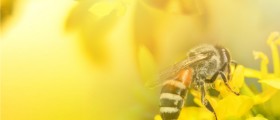
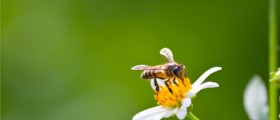
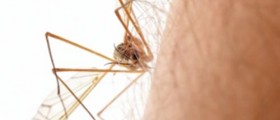
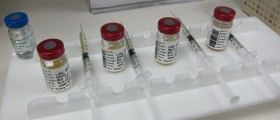
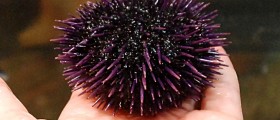
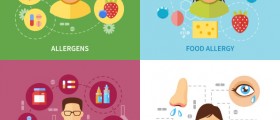


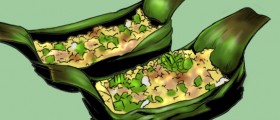

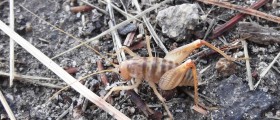
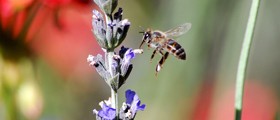


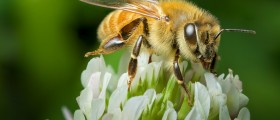
Your thoughts on this
Loading...